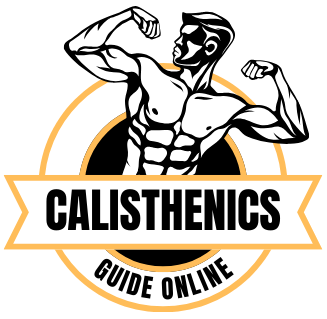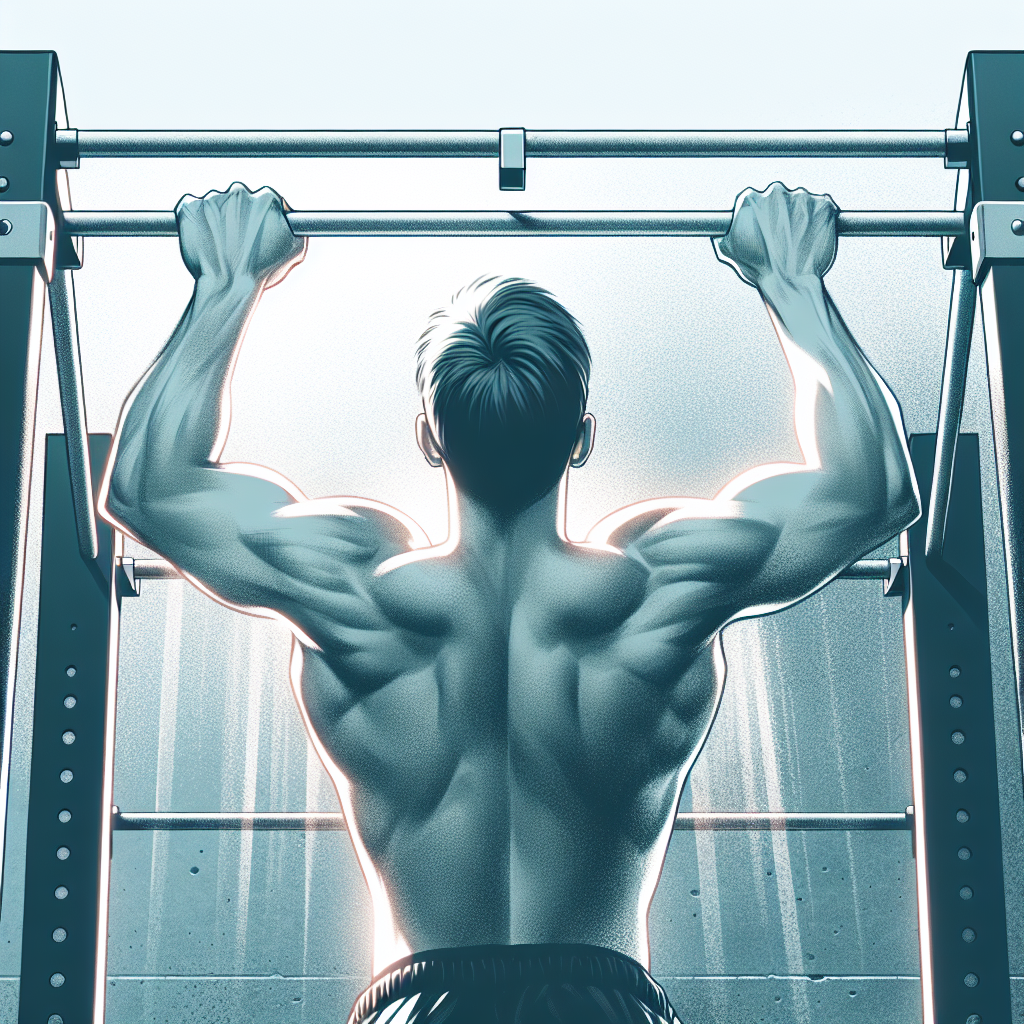Have you ever wanted to be able to do a pull-up, but didn’t know where to start? Don’t worry, you’re not alone! Pull-ups can be a challenging exercise, especially for beginners. However, with the right guidance and a bit of dedication, you can achieve your goal of doing your first pull-up in just 30 days. In this beginner’s guide, I will share with you some tips, tricks, and a step-by-step plan to help you build the strength and technique needed to perform a successful pull-up. Let’s get started on this exciting journey towards achieving your fitness goals!
Setting Realistic Goals
Before you begin your journey to achieving your first pull-up, it’s important to set realistic and achievable goals for yourself. Remember, progress takes time, and it’s essential to be patient with yourself throughout this process. Start by setting a specific goal for the number of pull-ups you want to be able to do in 30 days. For beginners, aiming to do just one pull-up in a month is a great starting point. Once you achieve this goal, you can then set your sights on doing multiple pull-ups in a row. By setting realistic and attainable goals, you will stay motivated and focused on your progress.
Another important aspect of setting goals is to track your progress along the way. Keep a log or journal of your pull-up attempts, noting the number of repetitions you can do and any improvements you see over time. This will not only help you stay accountable to your goals but also allow you to see how far you’ve come since starting your pull-up journey. Celebrate each small victory, whether it’s being able to hang on the bar for a few seconds longer or getting closer to completing a full pull-up. Remember, every step forward is progress towards your ultimate goal.
Building Strength
One of the key components to being able to do a pull-up is having the necessary strength in your upper body and core muscles. To start building this strength, incorporate exercises that target these muscle groups into your workout routine. Some effective exercises to include are:
See also Quick Progress: Beginner’s Guide to Perfect Pull-Ups at Home
Quick Progress: Beginner’s Guide to Perfect Pull-Ups at Home- Assisted Pull-Ups: Using a resistance band or assisted pull-up machine, practice the motion of a pull-up with assistance to build the strength needed to perform a full pull-up.
- Dead Hangs: Hang from a pull-up bar for as long as you can, focusing on engaging your core and shoulder muscles to build endurance and grip strength.
- Inverted Rows: Using a TRX suspension trainer or a bar positioned at hip height, perform rows to strengthen your back and arm muscles, mimicking the pulling motion of a pull-up.
Incorporate these exercises into your routine 2-3 times a week, gradually increasing the difficulty and intensity as you build strength. Remember to listen to your body and rest when needed to prevent overtraining and injury. With consistency and dedication, you will see improvements in your strength that will bring you closer to achieving your first pull-up.
Perfecting Your Technique
Having the right technique is crucial when it comes to mastering the pull-up. Proper form not only ensures you perform the exercise safely but also maximizes the efficiency of the movement. Here are some tips to help you perfect your pull-up technique:
- Grip: Start by gripping the bar with your hands shoulder-width apart, palms facing away from you. Ensure your grip is secure, and your fingers are wrapped around the bar.
- Engage Your Core: Before pulling yourself up, engage your core muscles by bracing your abs and glutes. This will help stabilize your body and prevent swinging.
- Pulling Motion: Initiate the pull-up by pulling your shoulder blades down and back, while simultaneously pulling your body up towards the bar. Focus on using your back and arm muscles to perform the movement.
- Full Range of Motion: Aim to pull yourself up until your chin clears the bar, then lower yourself back down to full arm extension. This full range of motion ensures you’re getting the most out of each repetition.
Practice these key elements of the pull-up technique during your training sessions, focusing on quality over quantity. It’s better to perform a few reps with perfect form than many reps with poor form. By honing in on your technique, you will improve your strength, prevent injuries, and progress towards your goal of doing a full pull-up.




